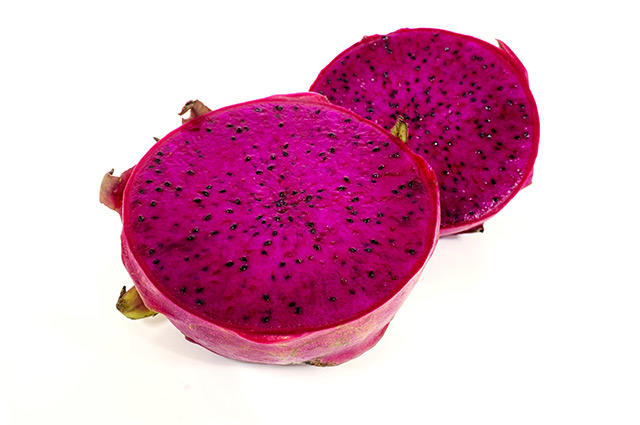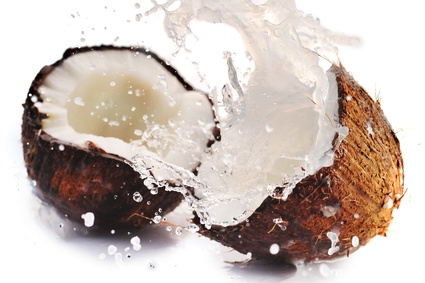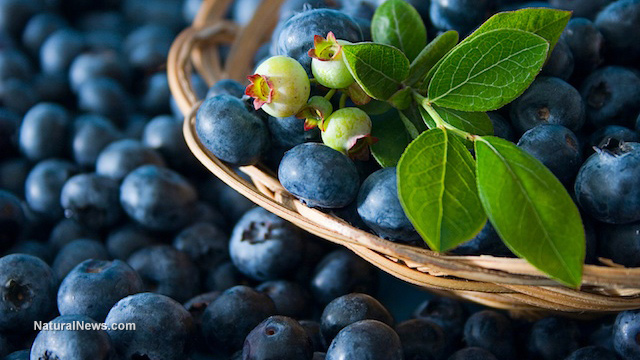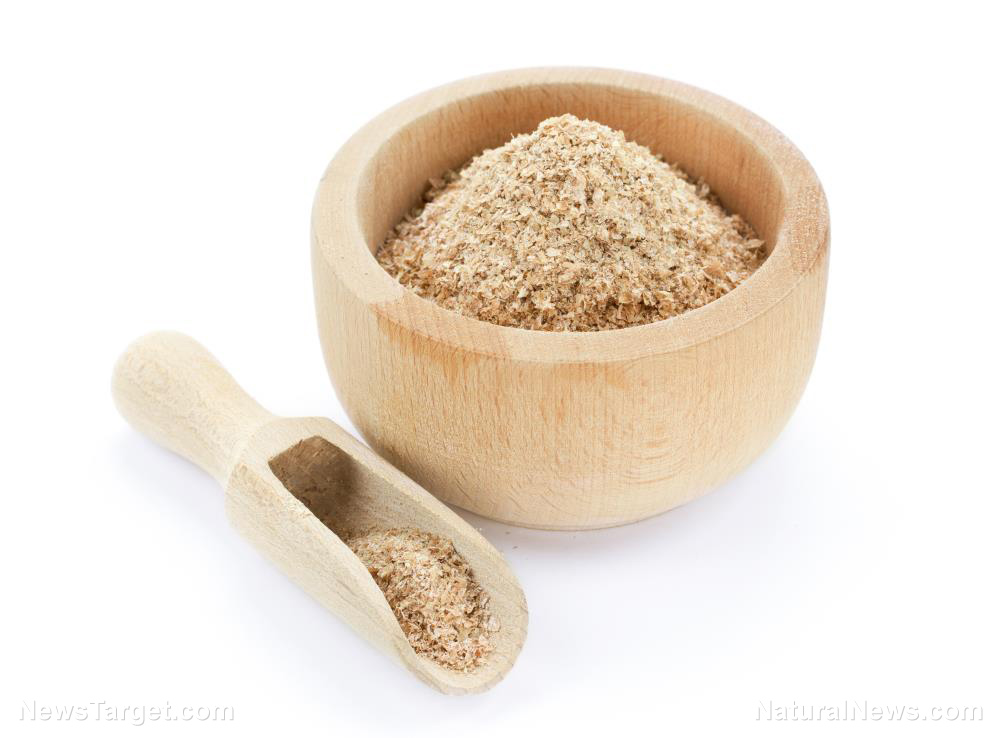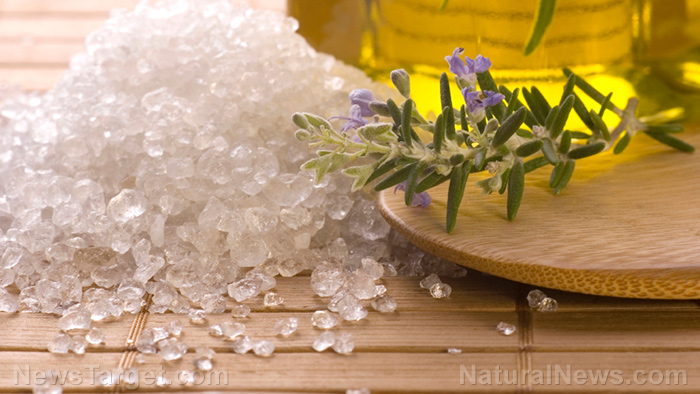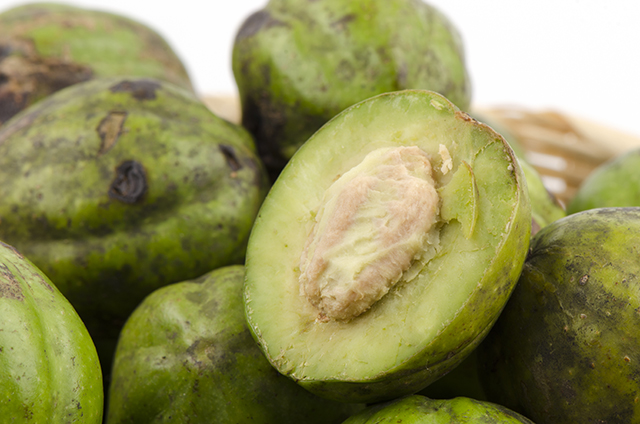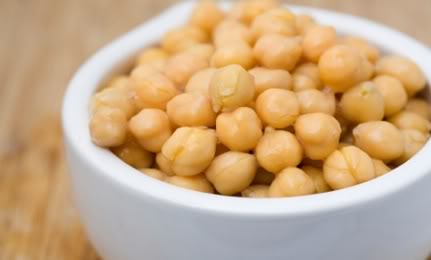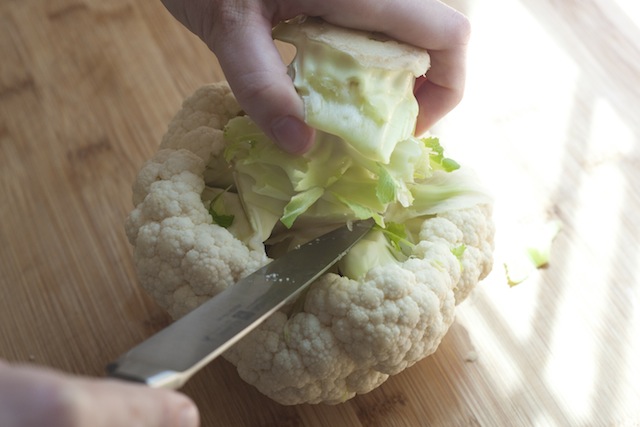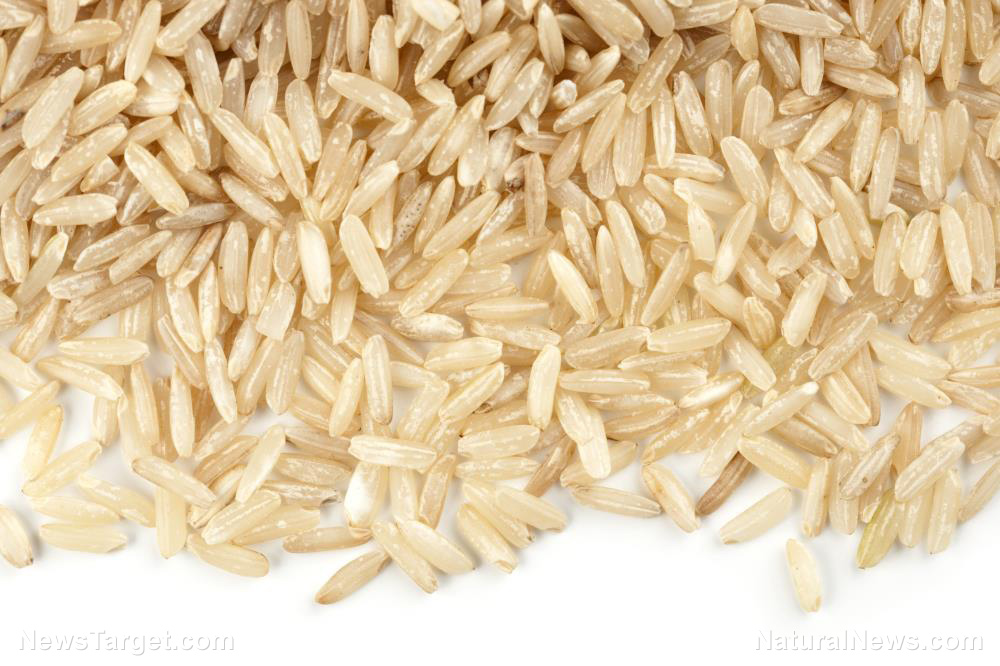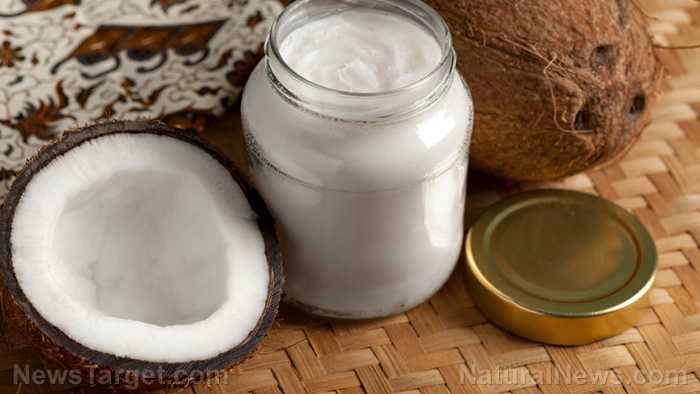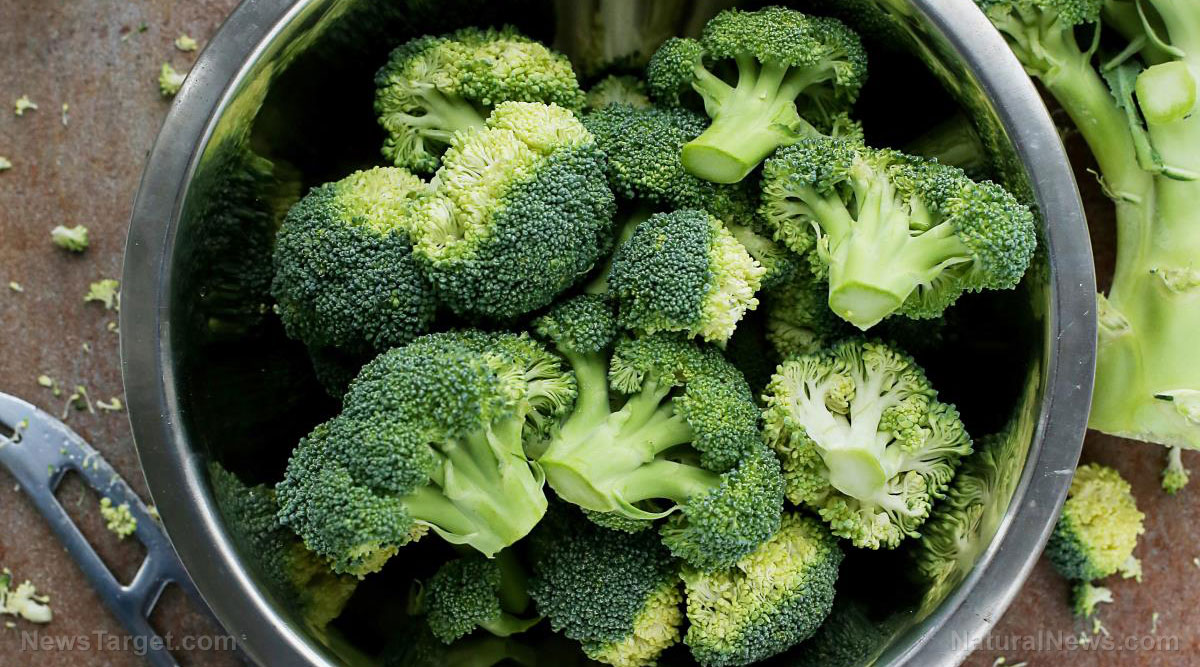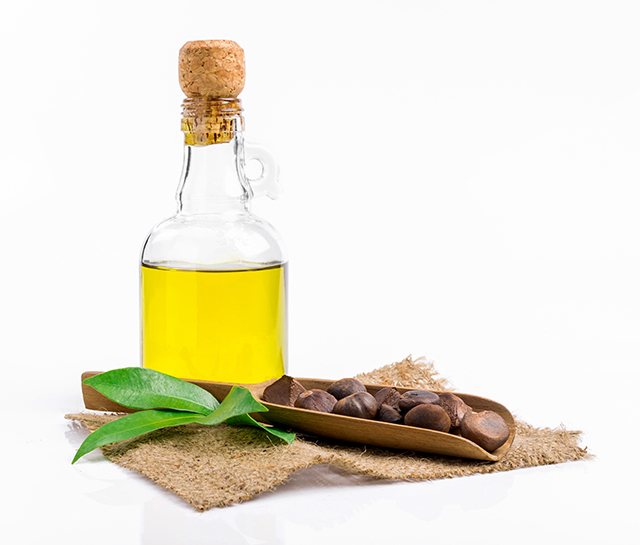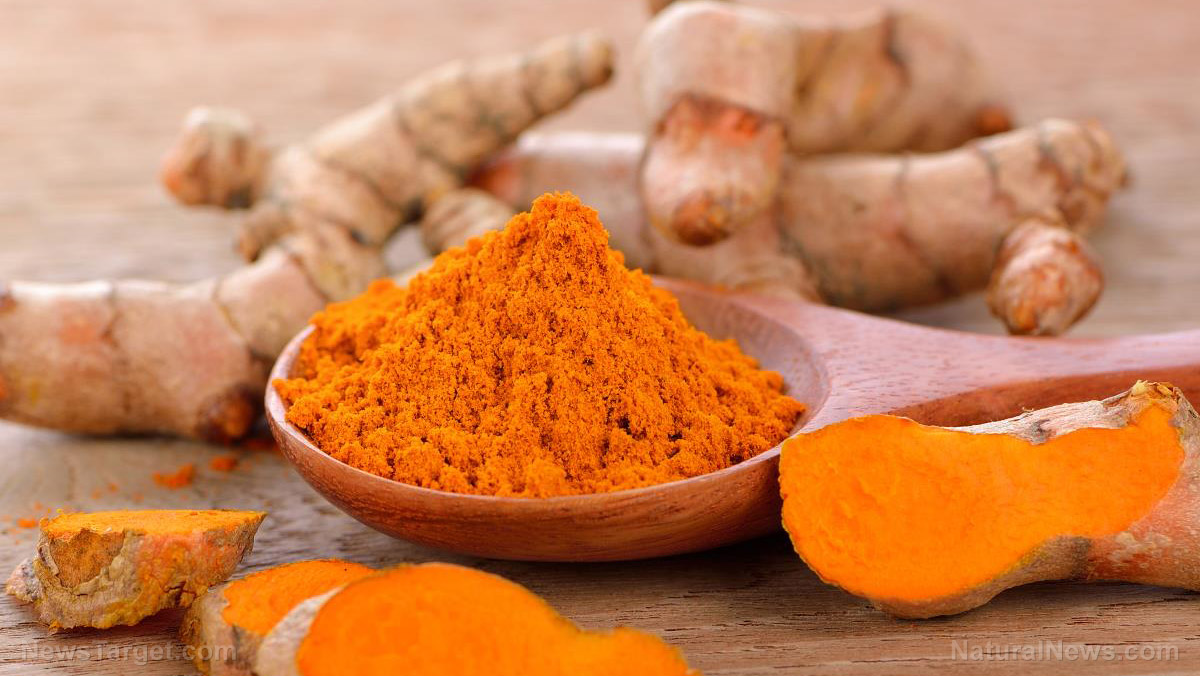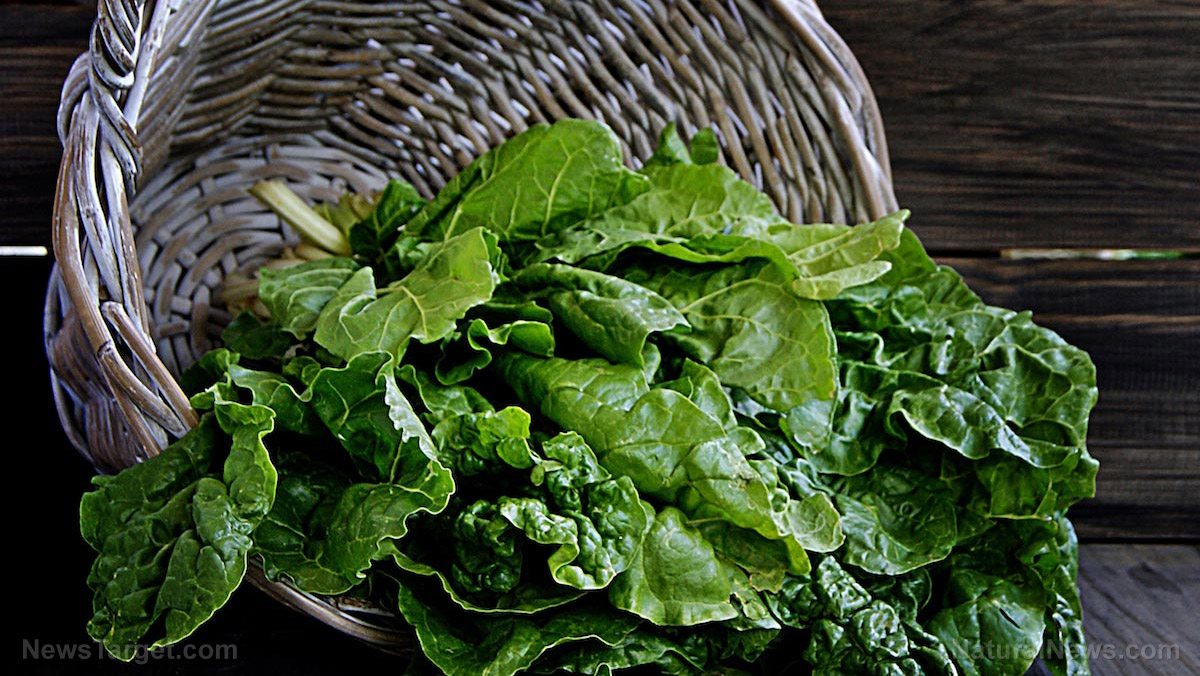Kumquat – sources, health benefits, nutrients, uses and constituents at NaturalPedia.com
08/09/2017 / By Jhoanna Robinson
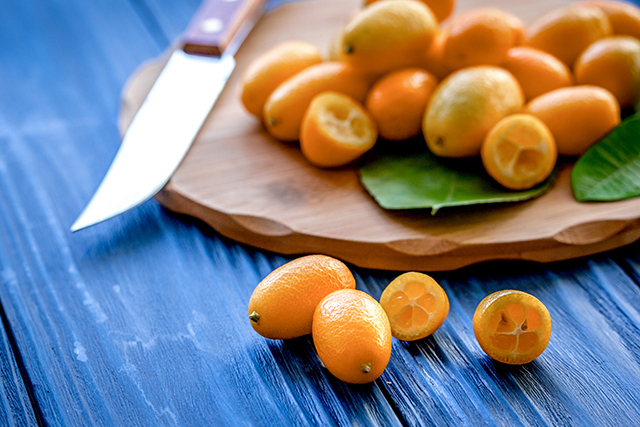
Kumquat, which has the scientific name of Fortunella japonica, is a very small fruit from the citrus or Rutaceae family. It has a slightly-sour, slightly-sweet, and tangy taste. Like most citrus fruits, kumquat has tiny green seeds that should be removed before consumption; the peel, however, can be eaten.
Endemic to the southeastern parts of hilly China, kumquats are evergreen trees that come in four different varieties, specifically the Hong Kong wild (Fortunella hindsii), marumi kumquat (Fortunella japonica), meiwa kumquat (Fortunella crassifolia), and nagami kumquat (Fortunella margarita). It was brought to Europe in the middle of the 19th century by botanist Robert Fortune, where the fruit probably got the Fortunella name.
Kumquats are also called “cumquats” which has Cantonese origins that means gold or golden and orange or tangerine. Its tree is sparingly-armed and can grow to a height of eight to 15 feet (2.5 to 4.5 meters). Although the tree is usually cultivated for the sweet and delicious fruits, the kumquat tree also has its ornamental uses, what with its aesthetically-pleasing leaves and delicate flowers that blossom in the summer time.
The kumquat fruit’s best flowering season, on the other hand, is between the months of November and June. Young fruits are usually green in color and turn orange to orangey-yellow upon maturity. They should be fully ripened before you harvest them.
List of known nutrients
- A-Bergamotene
- A-Humulene
- Alpha-Carotene
- A-Murolene
- Beta-Carotene
- Calcium
- Carbohydrates
- Carotenoids
- Caryophylleneare
- Citric Acid
- Copper
- Cryptoxanthin
- Dietary Fiber
- Iron
- Limonene
- Lutein
- Magnesium
- Manganese
- Pectin
- Pinene
- Potassium
- Protein
- Selenium
- Sodium
- Tannins
- Vitamin A
- Vitamin B1 (Thiamin)
- Vitamin B2 (Riboflavin)
- Vitamin B3 (Niacin)
- Vitamin B5 (Pantothenic Acid)
- Vitamin B6 (Pyridoxine)
- Vitamin B9 (Folate)
- Vitamin C
- Vitamin E
- Zeaxanthin
- Zinc
Medicinal uses for kumquat
Kumquat is chock- full of essential vitamins and minerals that are necessary for the proper functioning of various organs and systems in your body. The potassium in kumquat helps maintain a normal heart rate and blood pressure level. Iron and copper, on the other hand, stimulate red blood cell production, thus ensuring the optimum delivery of oxygen to all body parts.
Kumquat has antioxidant properties. It has a high vitamin C content (73 percent per 100 grams); therefore it contributes a lot towards fighting infection-causing organisms in the body. It penetrates deep into the cell membrane and shields it against bacteria and viruses. Taking regular doses of vitamin C can lessen the chances of heart ailments, rheumatoid and osteoarthritis, and strokes. Furthermore, vitamin C is responsible for iron absorption into the body.
Kumquat has cancer-fighting capabilities. Essential flavonoids such as lutein, carotenoids, tannins, and zeaxanthin, which are found in kumquat, kill carcinogenic cells, thereby inhibiting the growth of cancerous tumors and making you resistant against destructive microbes.
Kumquat peels, like the fruit itself, contain essential nutrients. Kumquat peels are rich in a-bergamotene, caryophylleneare, limonene, and pinene, among others, which can be used as a treatment for gallstones.
Kumquat is essential to healthy bone and teeth formation due to its calcium content (12 milligrams per 19 g).
Kumquat is good for the skin. It guards the skin from the cancerous rays of the sun and get rid of age spots, wrinkles, and blemishes.
Kumquat is good for people who are watching their weight as it is rich in fiber and water, and has a low calorie and carbohydrate content. It provides energy for your day without hurting your metabolism.
Kumquat is good for blood purification. It prevents blood from overclotting.
Body systems supported by kumquat
Kumquat is good for the immune system. Its rich vitamin C content enables us to be resistant against infection-causing bacteria and viruses, encourages healthy cell reproduction, and facilitates cell damage repair; therefore, it is a good treatment for seasonal ailments such as colds and the flu.
Kumquat is good for the ocular system. Its high vitamin A and beta-carotene content makes sure that the eye is guarded against age-related eye disorders like macular degeneration and cataracts. They also provide for good vision.
Kumquat is good for the circulatory system. It prevents the formation of kidney stones due to its high citric acid concentration.
Kumquat is good for the cardiovascular system. It can be used to ease the pain of heartburn and prevent atherosclerosis and other types of coronary diseases.
Ways to use kumquat
Kumquats can be eaten as they get picked out from the tree, like what people do in Japan and Korea. Try squeezing or rolling them first before you eat them so that they become more flavorful and delicious.
They can serve as garnish on a meal platter. They make good candies, marmalades, and preserves. They can be as a sweet and delicious addition to fruit salads.
Where to learn more
- Kumquat – 23 Outstanding Health Benefits of This Super Fruit
- Outstanding Health Benefits of Kumquat
- Kumquat: 8 Reasons To Eat This Chinese Citrus Fruit
- 5 Simple Ways to Cleanse and Ground During Winter
Summary
Kumquat is good for blood purification.
Kumquat is good for the immune, ocular, circulatory, and cardiovascular systems.
Kumquat is good for the skin.
Sources include:
Tagged Under:


